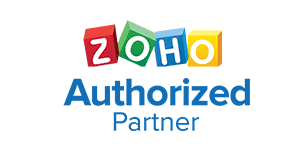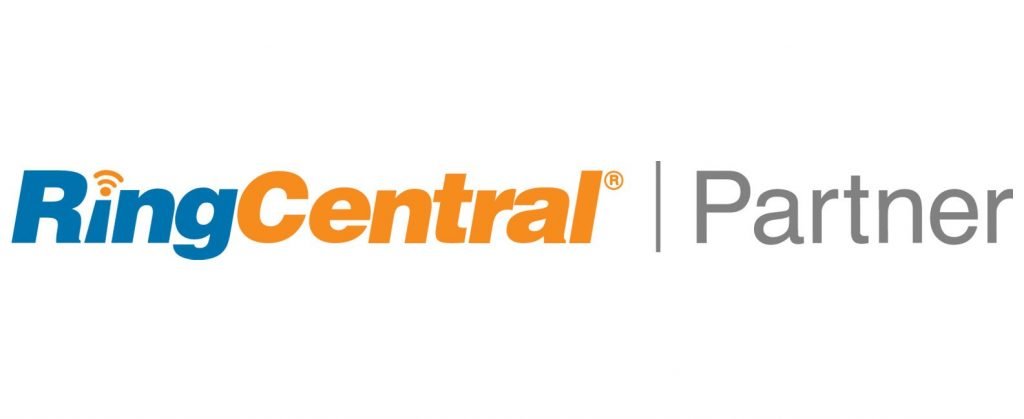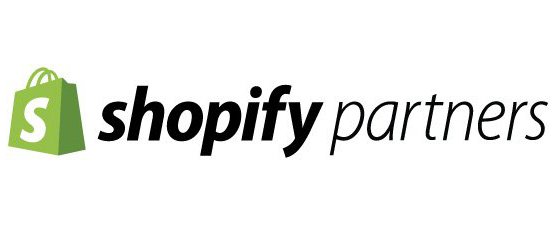A Zoho MarTech Agency
How To Optimize Your Inbound Marketing Results Through A Zoho Behavioral Marketing Strategy
By virtue of their nature, humans don’t like parting with their money. It’s therefore been a bumpy ride for marketers whose job it is to ensure that people do this same thing they dislike. A lot of efforts and resources have gone down the drain in the attempt to say the right words that will convince potential clients.
Another challenge that’s even more greater is finding the ideal prospects for products or services. As a marketer, how do you ensure you’re not advertising baby formula to a teenager? How do you prevent your ad that was perfectly crafted to encourage the purchase of land from landing on the laps of a man that owes rent?
In the past, marketers had no option than to just shoot all their advertising efforts in the air hoping it will hit someone at least. This is however not effective because as humans, our desires vary with time, financial status and other socio-economic situations. With the introduction of Zoho behavioral marketing, this trend is rapidly changing.
Advertisements are now being launched on the pad of data-gathering and data-processing innovations to target potential customers. This ensures only those that need a particular product or services get to see advertisements about it.



